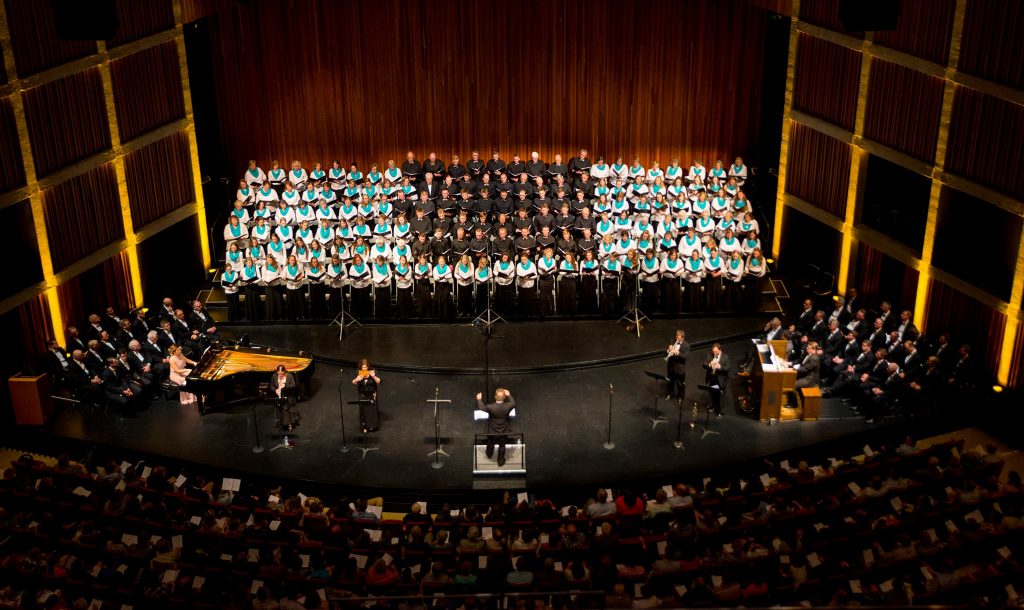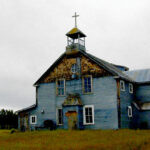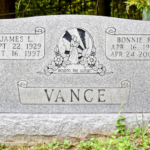Blog Post
How choirs preserve Christian culture
By Jonathon Van Maren
On Saturday night, I had the privilege of attending the Easter concert “He is Risen,” put on by the Mattaniah Men’s Choir and the Hosanna Choir (which my wife sings in), both of which are directed by Herman den Hollander. I’m very grateful for the enormous amount of work he and the singers and the musicians put into creating such beautiful music, and I know I’m not the only one—there were 1,400 people packing Hamilton Place to hear sacred music sung and the Resurrection joyfully commemorated.
What Hosanna and Mattaniah accomplish, year after year, is nothing short of exceptional: They bring us magnificent music in a culture that has largely forgotten what that is, and sacred music in a culture that now often understands that to be knock-off Christianized pop songs and vandalizations of great hymns like Amazing Grace (which was sung so wonderfully on Saturday night.) This Easter concert did not feature the latest and trendiest songs, which are nearly indistinguishable from each other these days—it showcased music from our collective Christian heritage.
I was thinking about this on the way home from the concert Saturday night, because over the past couple of years I have reviewed several books which have both bemoaned the loss of genuine religious music as well as advocated for people to be doing precisely what Herman den Hollander and the choirs he directs are doing: Carry on an essential tradition that has been a key part of church life for the entire 2,000 years of Christian history. Rod Dreher decried the slow disappearance of this tradition in The Benedict Option last year, and Anthony Esolen, in his seminal 2017 work Out of the Ashes (he also wrote an excellent book entitled Real Music in 2016) explained why modern worship music cannot hold a candle to the Psalms, hymns, and spiritual songs of the past:
The old hymns were written precisely for congregational singing. You do not have to be Beverly Sills or Mario Lanza to sing them. They are waiting; just as if there were a great wing of a castle that no one ever entered anymore, filled with works of art by the masters. No doubt a painting of the Prodigal Son by Murillo or Rembrandt reveals its secrets only gradually, so that you can look at it for the fiftieth time and notice something you had never noticed before, or wonder about something that you had seen but taken for granted, such as why Rembrandt’s prodigal has a shaved head, or why there is a little white dog in mid-leap after Murillo’s prodigal, wagging his tail for joy. But those great works also appeal to us immediately, impressing us with their beauty and suggesting that there always will be more, and more, to see and to learn and to delight in. The great hymns are like the paintings in that way. They give us riches at the outset and yet have more and more to give, in abundance.
Let some examples suffice. Here is “The King of Love My Shepherd Is,” one of the many English settings of the beloved Psalm 23. Each stanza renders into English and Christian poetry one or two of the verses of the Hebrew original. How do you do that? By seeing all things in the enlightening glory of Christ. Take these verses: “Yea, though I walk through the valley of the shadow of death, I shall fear no evil, for Thou art with me; Thy rod and Thy staff, they comfort me.” In the hands of a poet who knows what he is doing, they are raised to the summit of Calvary: “In death’s dark vale I fear no ill, / With thee, dear Lord, beside me; /Thy rod and staff my comfort still, / Thy cross before to guide me.”
There, without any fanfare, without the obvious word-thrashing of a would-be religious poet longing to show off what he learned in his graduate school course in Christology, the poet simply and quietly gives us a new way to look at what it means to be led by the Good Shepherd and his crozier. It is good to have the Lord keep suffering away from you, as you walk through the fearful valley. It is better for the Lord to transform your suffering into redemption, as you join Him confidently upon the hill of crucifixion.
Esolen, as usual, sums it up better than I ever could. If you get the chance, head over to the Hosanna Choir’s website and listen to some of the songs for yourself—and if you live in Ontario or Michigan, perhaps check out their concert schedule to see if you have the opportunity to hear them for yourself. It is easy to complain about the decline of our culture—I do that not infrequently on this blog. But we should also take time to support the work of those who are preserving Christian culture, and I believe that the work of these choirs amounts to just that.









I sing in just such a choir as you describe. Evergreen Chorale for Seniors in Holland MI. New versions of Amazing
Grace are very refreshing to me.And, coming out of Ireland,the Gettys have written IN CHRIST ALONE and BEFORE THE THRONE in simple hymn style. These are written as chorale works too.